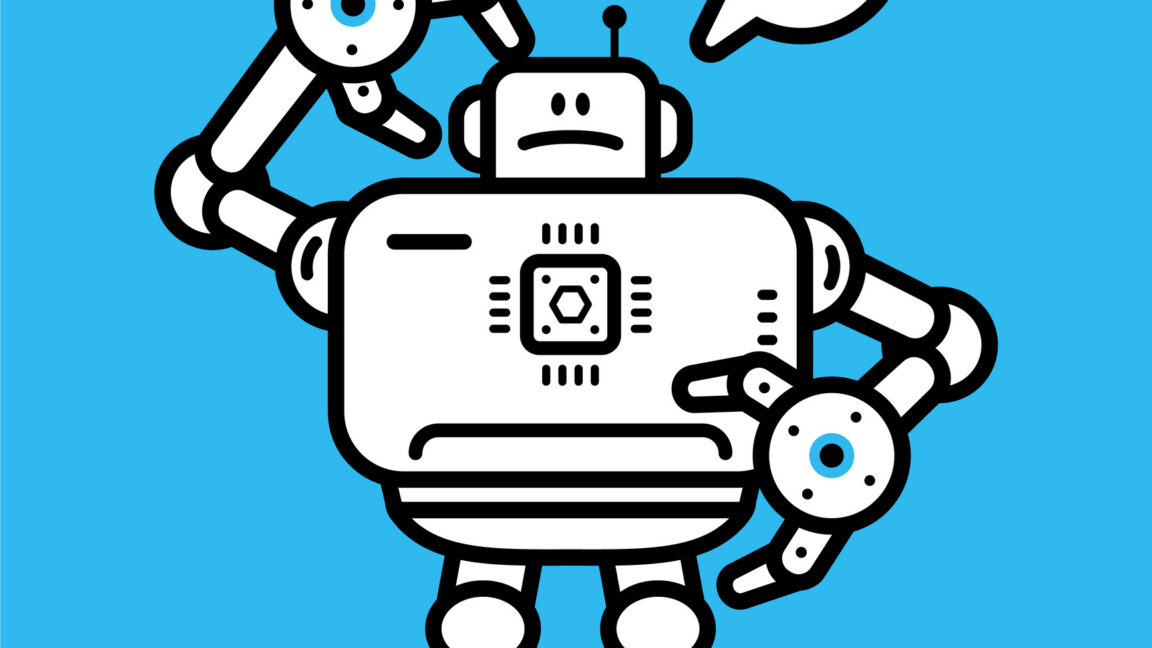Introduction to Embedding Models
The success of an AI-powered application depends on various factors, including the choice of embedding models. A poor choice can lead to significant failures in AI performance, resulting in inaccurate responses to user queries. In this article, we will explore the critical role of embedding models in Retrieval-Augmented Generation (RAG) applications and provide guidance on selecting the most suitable models.
The Importance of Embedding Models
Embedding models are essential for accurate AI responses. They enable the AI system to understand the context and intent behind user queries, allowing it to provide relevant and accurate information. A well-designed embedding model can significantly improve the performance of an AI application, while a poorly designed one can lead to disappointing results.
Common Pitfalls in Embedding Models
Many implementations of embedding models fall short due to several reasons. One of the primary reasons is the lack of context. Embedding models that do not take into account the context of the user query can lead to inaccurate responses. Another reason is the choice of dimensionality. Embedding models with high dimensionality can be computationally expensive and may not provide better results than those with lower dimensionality. Domain alignment is also crucial, as embedding models that are not aligned with the domain of the application can lead to poor performance.
Dense vs. Sparse Embeddings
There are two types of embedding models: dense and sparse. Dense embeddings are more common and are used in most AI applications. They are computationally efficient and can provide good results. However, they can be limited in their ability to capture complex relationships between words. Sparse embeddings, on the other hand, can capture more complex relationships but are computationally more expensive.
Choosing the Right Embedding Model
Choosing the right embedding model is crucial for the success of an AI application. The choice of model depends on several factors, including the size of the dataset, the complexity of the relationships between words, and the computational resources available. It is essential to evaluate different models and select the one that best fits the needs of the application.
Optimal Model Selection Strategies
To select the most suitable embedding model, it is essential to follow optimal model selection strategies. This includes evaluating different models on a validation set, using techniques such as cross-validation, and selecting the model that performs best. It is also crucial to consider the interpretability of the model, as well as its ability to generalize to new, unseen data.
Common Mistakes to Avoid
There are several common mistakes to avoid when selecting and implementing embedding models. One of the most common mistakes is overfitting, which can occur when the model is too complex and fits the training data too closely. Another mistake is underfitting, which can occur when the model is too simple and fails to capture the relationships between words.
Conclusion
In conclusion, embedding models play a critical role in the success of AI-powered applications. Choosing the right embedding model is essential, and it depends on several factors, including the size of the dataset, the complexity of the relationships between words, and the computational resources available. By following optimal model selection strategies and avoiding common mistakes, developers can create AI applications that provide accurate and relevant responses to user queries.
FAQs
What is an embedding model?
An embedding model is a type of machine learning model that maps words or phrases to vectors in a high-dimensional space. This allows the model to capture the relationships between words and provide accurate responses to user queries.
What is the difference between dense and sparse embeddings?
Dense embeddings are more common and are used in most AI applications. They are computationally efficient and can provide good results. Sparse embeddings, on the other hand, can capture more complex relationships but are computationally more expensive.
How do I choose the right embedding model for my application?
To choose the right embedding model, evaluate different models on a validation set, use techniques such as cross-validation, and select the model that performs best. Consider the interpretability of the model, as well as its ability to generalize to new, unseen data.
What are some common mistakes to avoid when selecting and implementing embedding models?
Common mistakes to avoid include overfitting, which can occur when the model is too complex and fits the training data too closely, and underfitting, which can occur when the model is too simple and fails to capture the relationships between words.











